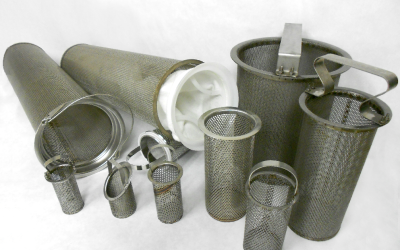Industrial safety remains a top priority across the United States, as facilities strive to protect workers, optimize operations, and comply with stringent regulatory requirements. Advanced process control solutions are continually being sought to address evolving challenges in sectors such as manufacturing, food processing, chemicals, and energy production. Among these innovations, Air Gates are emerging as a vital tool for achieving both superior process control and enhanced safety standards. This article explores how implementing these devices can transform industrial environments for the better.
The Role of Air Gates in Industrial Safety
Air gates are engineered devices designed to regulate airflow within ductwork systems and process lines. By providing precise control over air movement, they help maintain optimal operating conditions, reduce the risk of hazardous exposure, and prevent cross-contamination between different zones or processes. This level of control is crucial for industries where airborne particulates, fumes, or temperature-sensitive materials could pose significant health and safety risks.
In many industrial settings, unregulated or poorly managed airflow can lead to a variety of hazards, including:
- Accumulation of combustible dust or toxic fumes
- Inconsistent process temperatures affecting product quality
- Increased exposure to contaminants for workers
- Inefficient energy use due to uncontrolled air distribution
By integrating air gates, facility managers can address these issues proactively, ensuring a safer and more efficient work environment.
Advantages of Implementing Air Gates
The benefits of air gates extend beyond basic airflow management. Their implementation can lead to measurable improvements in both safety and process efficiency:
1. Enhanced Safety Compliance
Air gates allow facilities to isolate specific areas quickly, minimizing the spread of hazardous substances in case of leaks or system failures. This rapid response capability supports compliance with Occupational Safety and Health Administration (OSHA) regulations and other industry standards, helping to avoid costly penalties and work stoppages.
2. Superior Process Control
With air gates, operators can fine-tune airflow to maintain stable environmental conditions across various sections of a facility. This is particularly beneficial in industries where small fluctuations in temperature, humidity, or pressure can impact product integrity or equipment performance.
3. Energy Efficiency
By directing airflow only where and when it is needed, air gates contribute to significant energy savings. This targeted approach reduces the load on heating, ventilation, and air conditioning (HVAC) systems, cutting operational costs and supporting sustainability goals.
4. Reduced Maintenance and Downtime
Effective airflow management helps prevent the buildup of dust and debris within ducts and equipment, reducing the frequency of maintenance and minimizing unplanned downtime. This translates to increased productivity and lower long-term operating expenses.
Key Considerations for Successful Implementation
To maximize the benefits of air gates, it is essential to:
- Conduct a thorough assessment of facility airflow requirements
- Select appropriately sized and rated air gate models for specific applications
- Ensure proper installation by qualified professionals
- Integrate air gate controls with existing building management or process automation systems
- Regularly inspect and maintain the devices to guarantee long-term reliability
By following these best practices, facilities can create a safer, more efficient, and compliant industrial environment.
Moving Forward with Industrial Safety
Enhancing industrial safety standards in the USA is an ongoing commitment that demands innovative solutions and a proactive approach. The adoption of air gates offers a practical, effective means of achieving superior process control, reducing risks, and meeting regulatory requirements. As industries continue to evolve, integrating advanced airflow management technologies will be essential for safeguarding both people and processes while driving operational excellence.


